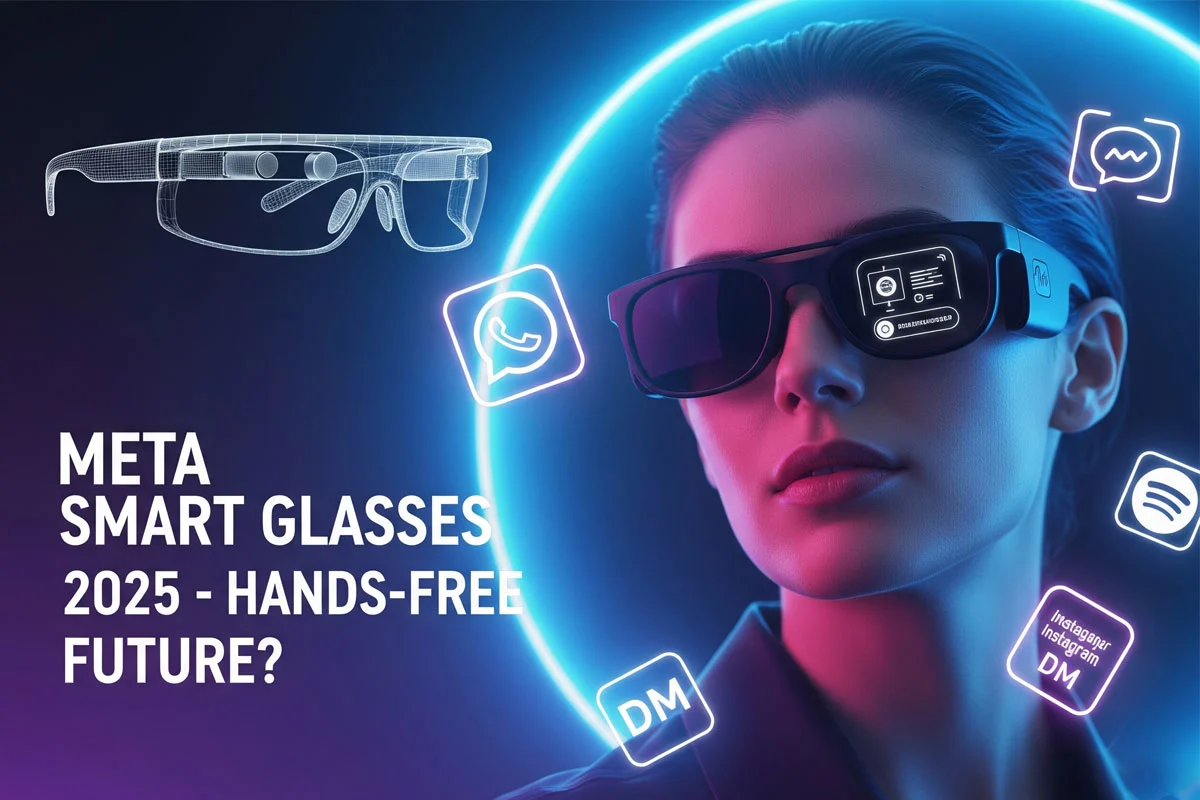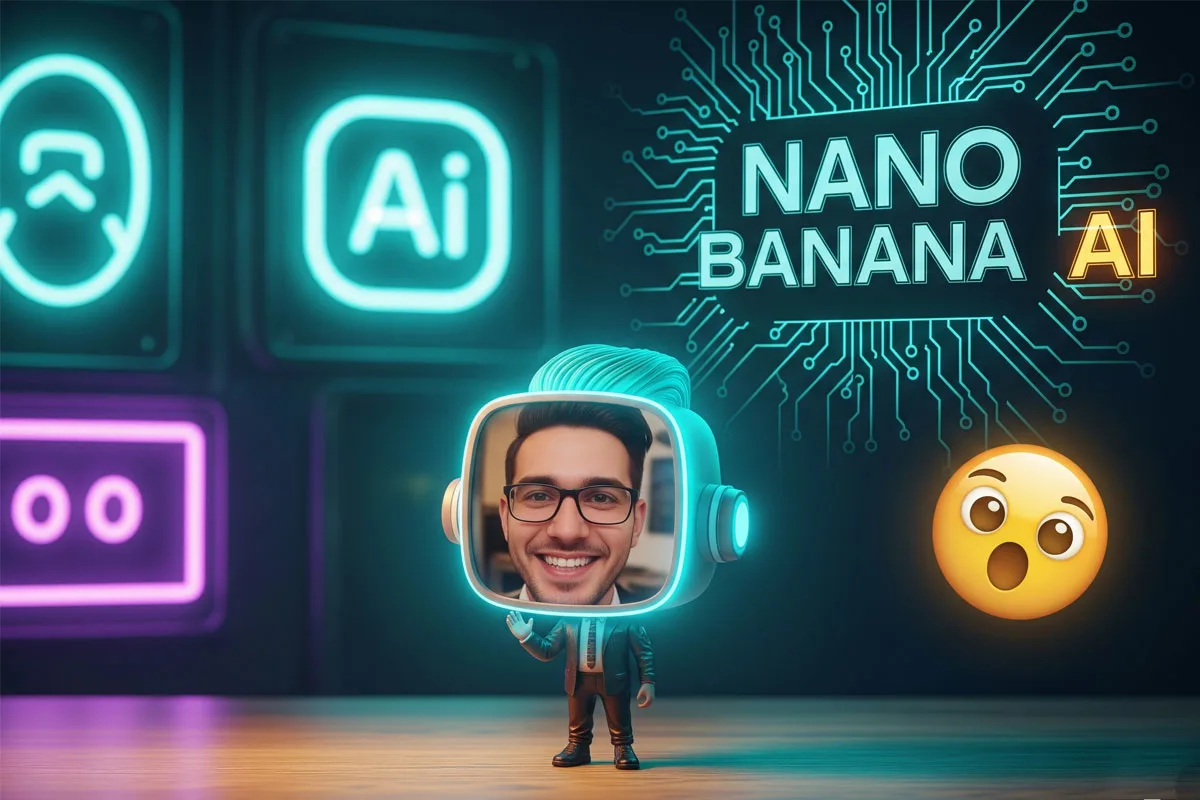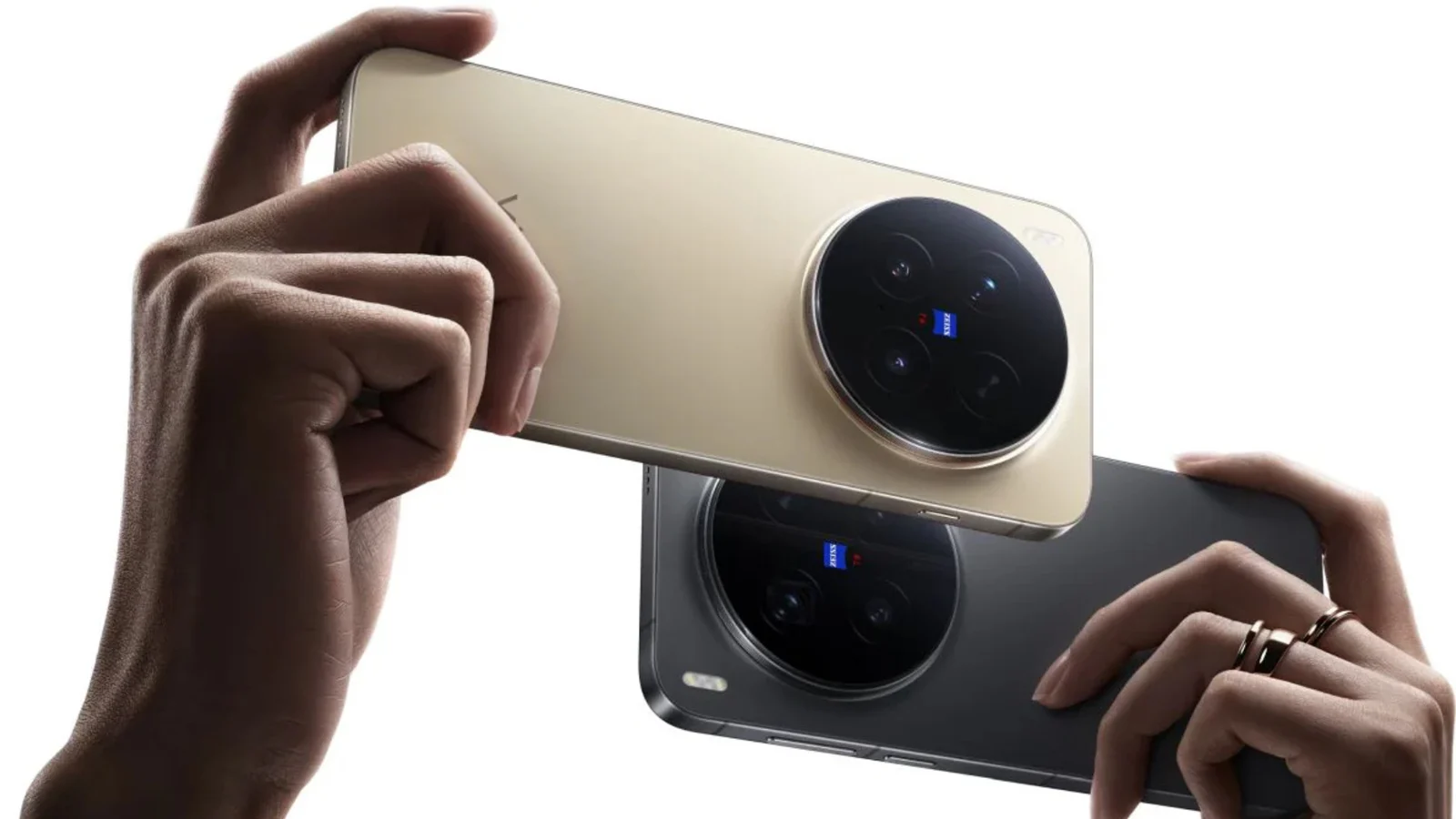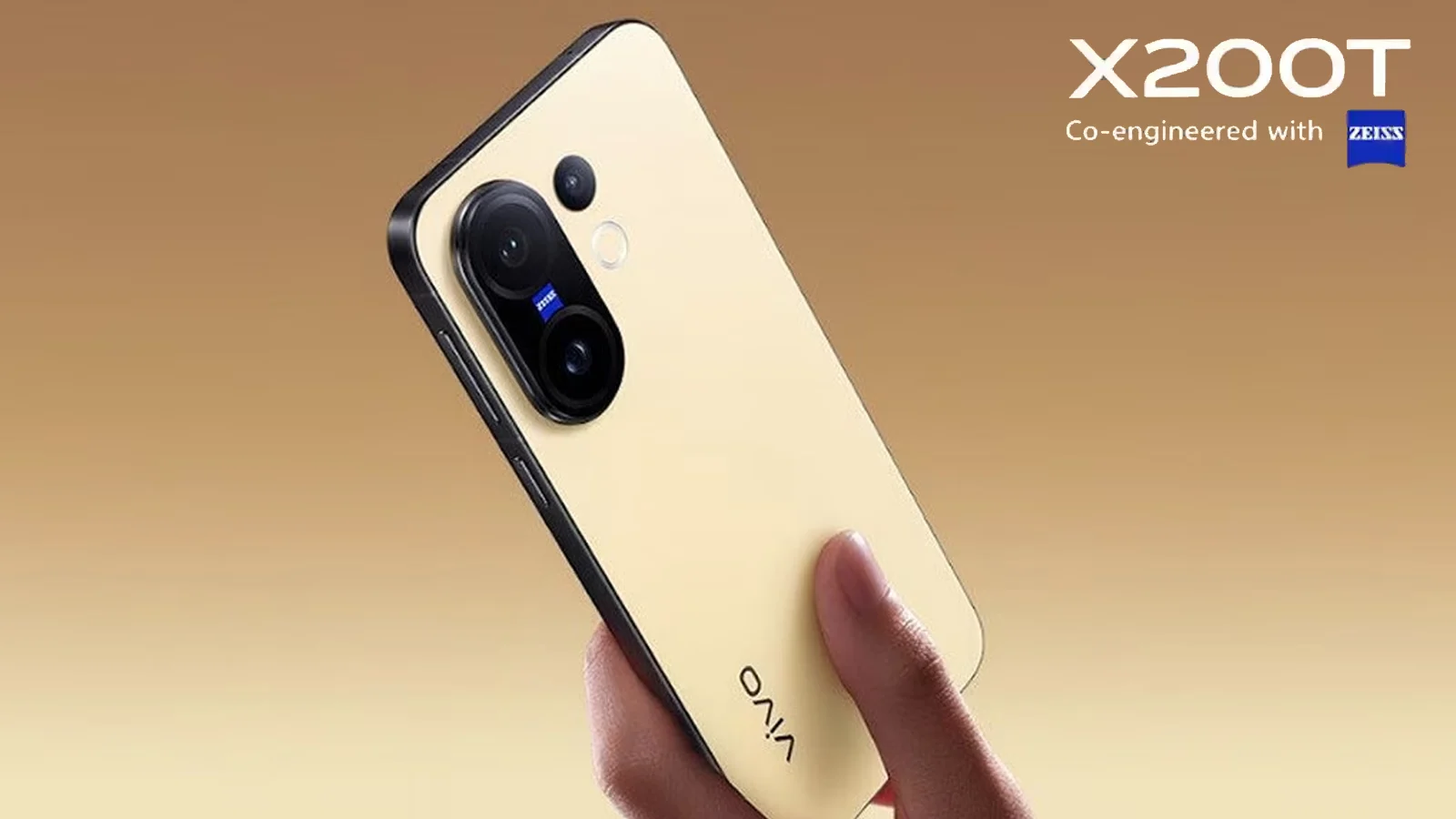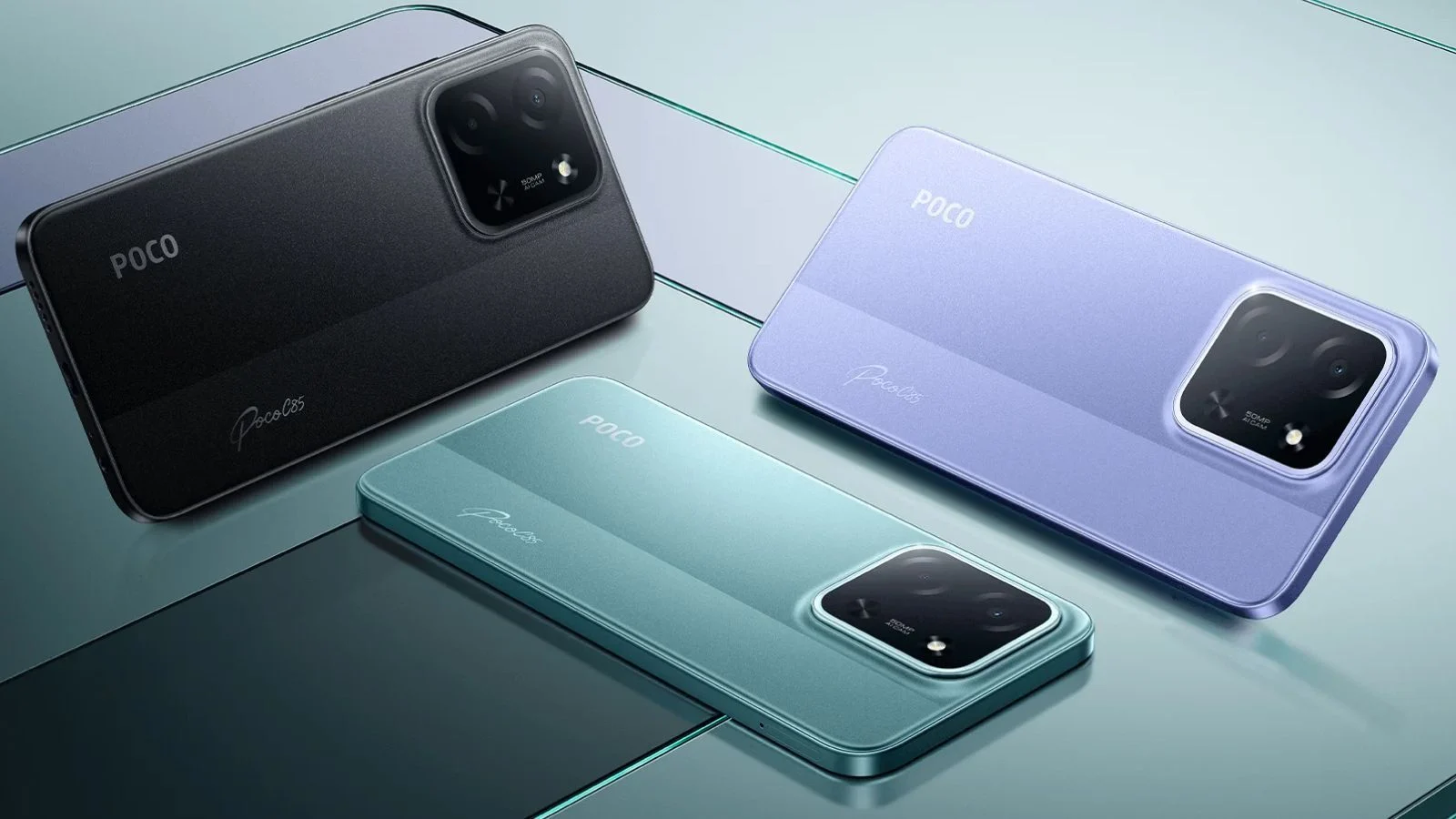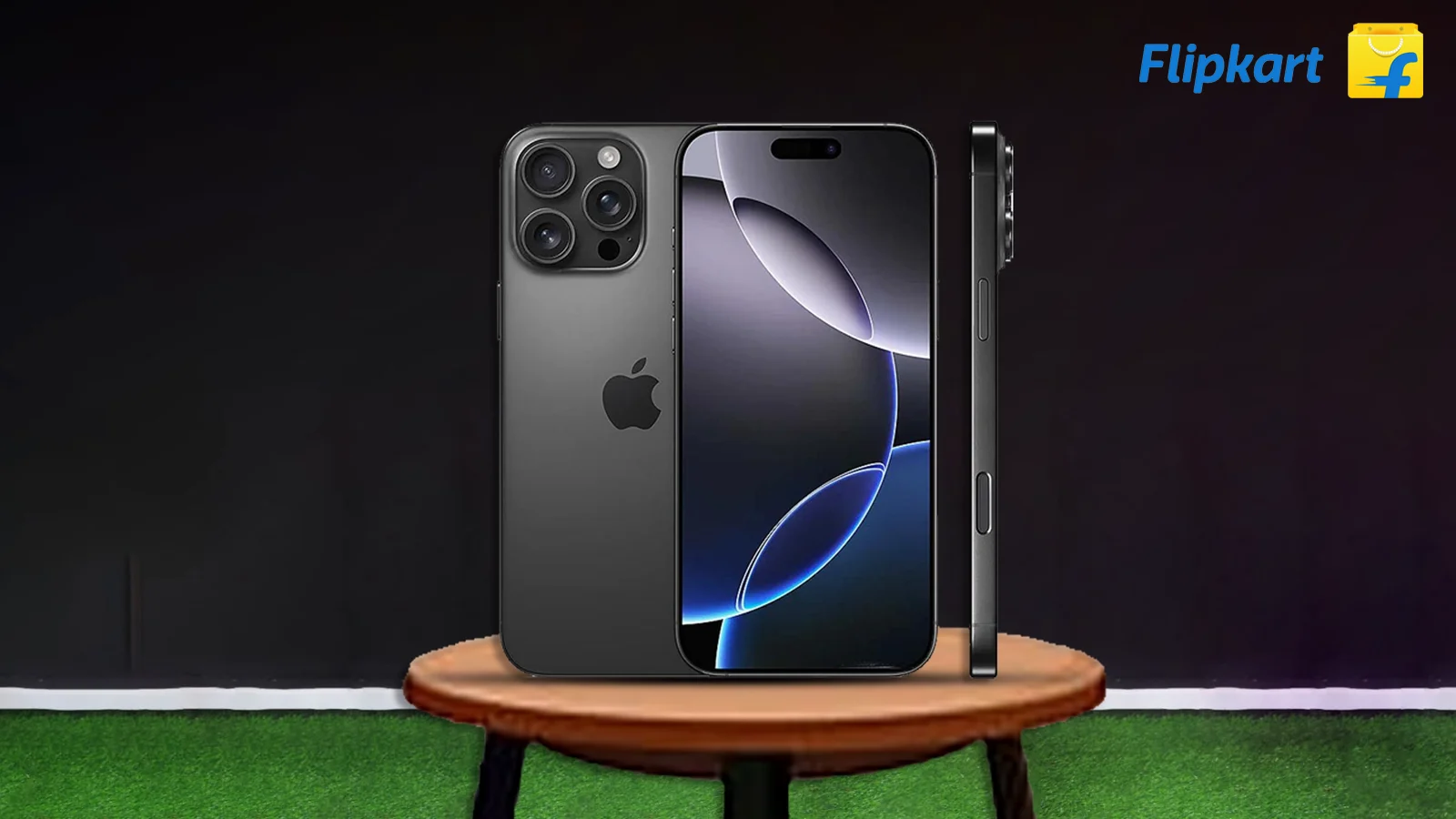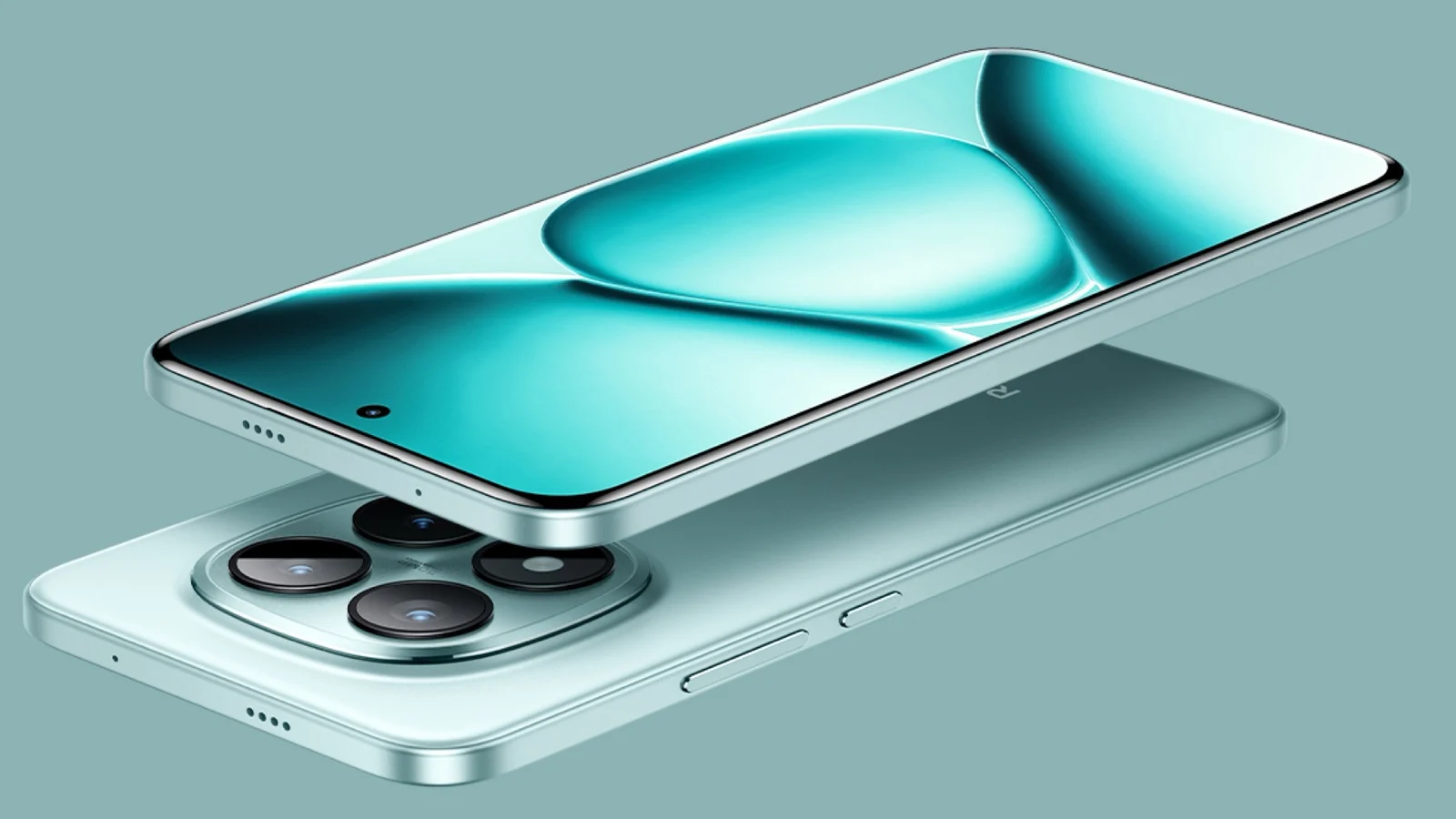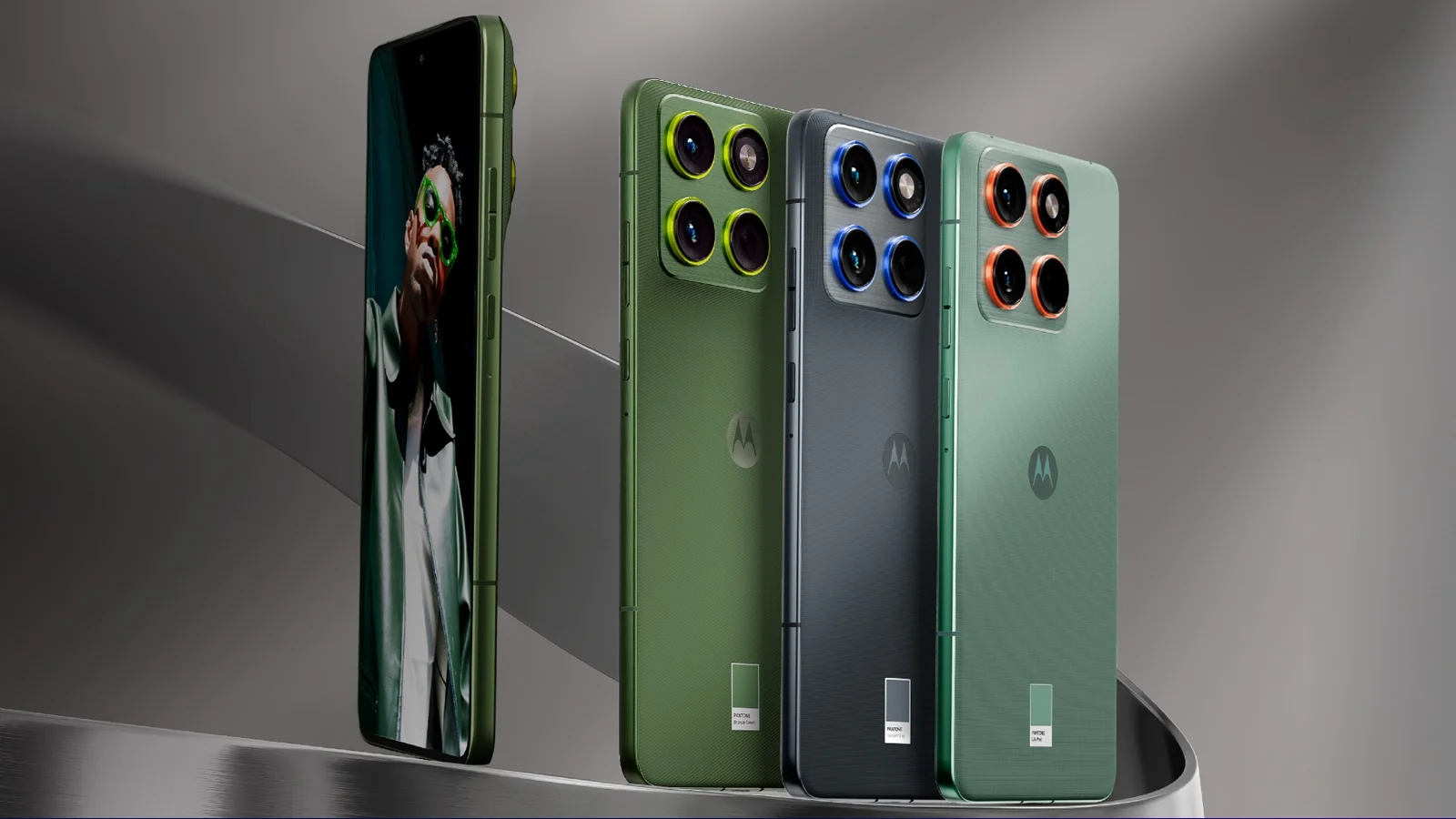Meta’s AI-Powered Smart Glasses: Finally, What Google Glass Promised?
In today’s digital age, the race for technology never stops. Every day, a new gadget or product comes into the market that promises to make our lives easier. Currently, Meta’s AI-powered smart glasses have created the most buzz. The company showcased them at its Connect event on 17 September 2025, and their starting price is $799. Meta has also launched a neural wristband that makes the glasses experience more advanced. As soon as these glasses were unveiled, people’s reactions were mixed – some people were seen excited, while some were skeptical. Everyone had one question on their mind: would these glasses really do what Google Glass promised ten years ago?
Meta’s AI-Powered Smart Glasses: A Revolutionary Step
When Meta CEO Mark Zuckerberg demoed Meta’s AI-powered smart glasses, the entire tech world was captivated. The company says these glasses will reduce the time users spend staring at their phone screens. Now, simple tasks like checking messages, viewing photos, using navigation, and even making video calls will all be handled by a small display fitted within the glasses’ lenses. The role of the Neural Wristband is also interesting here, allowing users to perform tasks using only micro-hand gestures.
Excitement and Demo Glitches
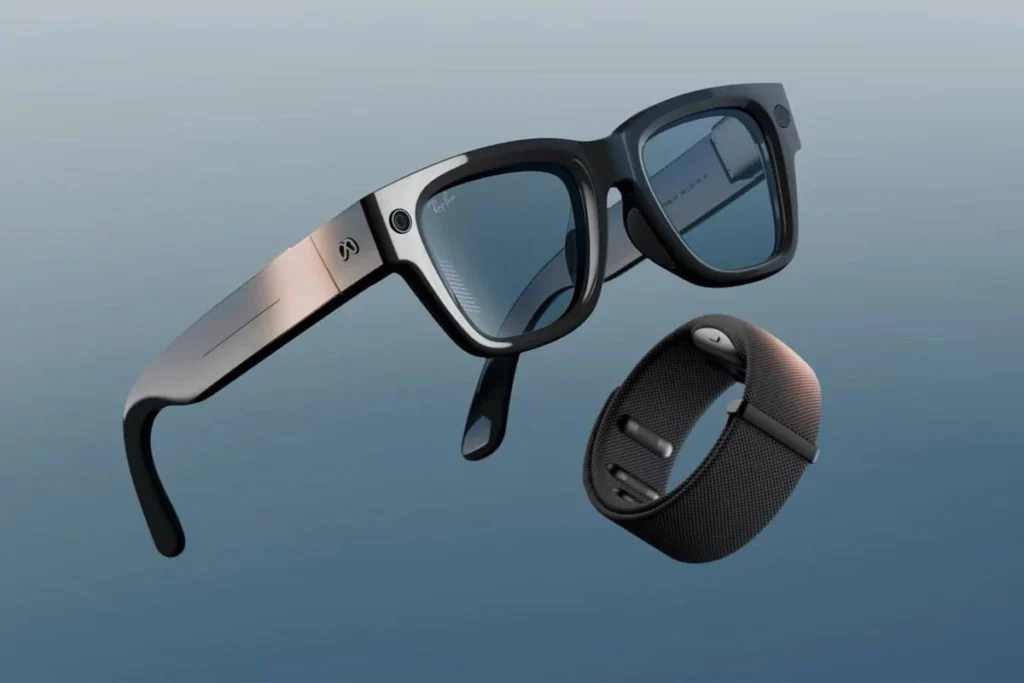
The live demo was a bit bumpy. When Zuckerberg tried to start a video call using hand gestures, the system repeatedly failed. Andrew Bosworth jokingly attributed it to a WiFi issue, but it certainly raised doubts in the audience. Online clips went viral, leading people to speculate whether it was just an internet issue or whether the technology wasn’t fully ready yet. Still, testers say Meta’s AI-powered smart glasses might deliver what Google Glass never could.
Did it impress users?
Early testers highlighted several positive things. First, the heads-up display was described as “crisp” and daylight-friendly. The widgets seemed larger and more practical than smartwatches. The neural wristband, which tracks micro-gestures like thumb slides and pinches, was called a “mind-blowing” feature. Whisper-friendly voice commands and zero light leakage also made it socially acceptable. All these features suggest that Meta has introduced a polished product to the market.
Limitations Observed
But the picture isn’t perfect. Currently, the glasses offer a 2D display that’s only visible in one eye. Those expecting a 3D or holographic interface may be disappointed. Features are currently limited – restricted to navigation, messaging, music, and basic photo capture. Some compared it to Google Glass, saying that while the design is sleek and AI-enabled, it still lacks depth.
Public Perception and Pricing
Those who tried the glasses in Beverly Hills liked the features – especially real-time translation and AI-enabled snapshots. The price point is set at $799, which is comparable to the Apple Watch Ultra and seems quite affordable compared to Google Glass’s $1,500. This could make the product accessible to ordinary consumers. Privacy concerns are still being discussed among the public, but tech enthusiasts see it as a promising product.
Meta’s AI-Powered Smart Glasses: Features That Will Make You Swoon

The biggest USP of these smart glasses is the tiny display embedded in the lenses. This display can show texts, video calls, directions, AI search results, photos, and even music controls. The neural wristband makes it even more powerful – with just a pinch, swipe, or double tap, the AI assistant can be summoned. Real-time captions with translation and point-of-view video calls make it even more innovative. Future updates will add features like air writing and background noise filtering.
Supported apps are currently limited to Messenger, WhatsApp, and Spotify, while Instagram is only available for direct messages. However, Meta plans to introduce Reels and other features soon, making Meta’s AI-powered smart glasses a hands-free smartphone alternative.
Security Flaws and Privacy Concerns
Another glitch occurred during the demo when food creator Jack Mancuso asked the AI assistant for help making Korean-inspired steak sauce. Instead of providing a clear step-by-step guide, the assistant gave random and confusing responses. This was an indication that the AI needs further refinement. Additionally, online discussions have raised privacy concerns – such as the possibility that glasses can capture video calls and photos without people’s consent. This aspect is definitely a challenge for Meta.
Meta’s AI-Powered Smart Glasses: Final Verdict
When we look at the overall experience, it’s clear that Meta’s AI-powered smart glasses are a bold and innovative step in the field of wearable technology. The display is bright and crisp, the design is stylish, and the neural wristband’s gesture controls definitely offer a glimpse of the future. However, there are limitations – such as a 2D display in only one eye, limited apps, and privacy concerns. While this doesn’t seem like a smartphone replacement for now, it’s certainly a strong start.
Perhaps we haven’t yet reached the stage where we can manage our entire digital lives solely through Meta’s AI-powered smart glasses. But it’s a beginning that reminds us of the unfulfilled dream of Google Glass – “Finally, what Google Glass promised, but not quite there yet.”
Disclaimer:
This article is for informational purposes only. We are not promoting any product or company. Readers are advised to do their own research before making a purchase decision.
Also Read
Meta AI Efforts: Mark Zuckerberg’s Fourth Restructuring in 6 Months Shocks Silicon Valley
